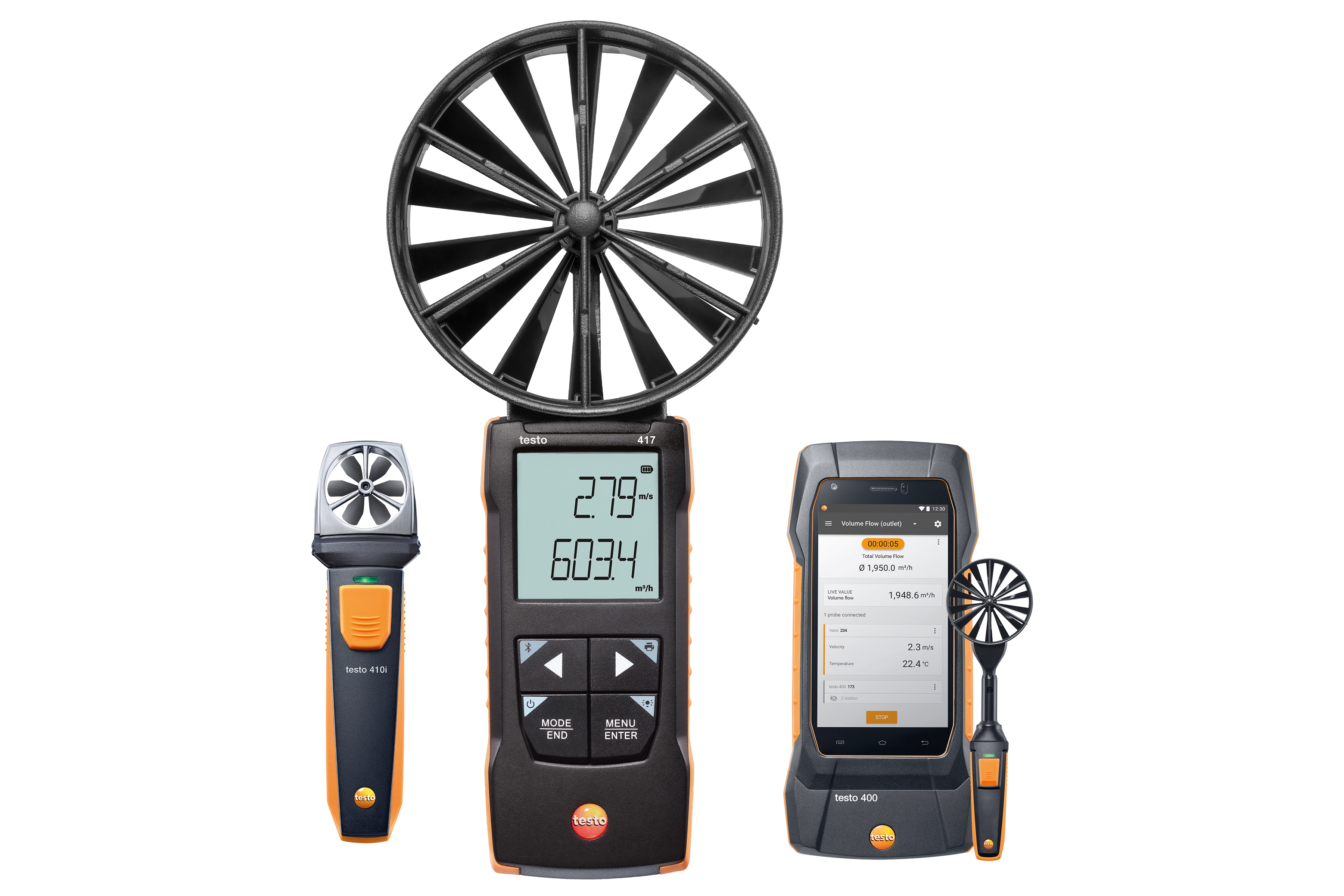Anemometers Revealed: Comprehending Their Value in Ecological Monitoring and Security Actions
The function of anemometers in ecological tracking and security actions is usually underestimated, yet their importance is undeniable. From meteorology to aviation security, anemometers play a critical duty in supplying precise data that notifies decision-making processes and improves overall safety and security.
History of Anemometers
The evolution of anemometers can be traced back to the old worlds where basic wind measuring tools were first used. One of the earliest well-known anemometers was the hemispherical cup anemometer designed by Leon Battista Alberti in the 15th century.
Over the years, advancements in modern technology led to the growth of more contemporary anemometers, including ultrasonic anemometers and laser Doppler anemometers, offering raised precision and efficiency in gauging wind rate and direction. The background of anemometers showcases an exceptional trip of technology and development in the area of weather forecasting.
Sorts Of Anemometers
Throughout the area of weather forecasting, different kinds of anemometers have actually been created to accurately determine wind rate and direction. Sonic anemometers make use of ultrasonic signals to gauge wind rate and direction accurately. Hot-wire anemometers operate based on the principle that the cooling result of wind on a warmed cable is symmetrical to the wind rate.
Applications in Meteorology
Having discussed the different sorts of anemometers made use of in weather forecasting for gauging wind speed and instructions, it is necessary to discover their sensible applications in the area. Anemometers play a critical function in weather forecasting by providing precise and real-time information on wind problems (anemometer). Meteorologists use anemometers to keep track of wind rate and instructions to forecast weather condition patterns, issue cautions for severe climate events like storms, hurricanes, and storms, and examine weather for air travel safety and security
In meteorology, anemometers help in understanding regional and local wind patterns, which are crucial for predicting climate modifications and establishing weather trends. These gadgets are also utilized in research to research microclimates, metropolitan heat islands, and air contamination diffusion. Furthermore, anemometers are used in agriculture to optimize plant monitoring methods, such as irrigation and chemical application, based on wind conditions.
Value in Air Travel Safety And Security
An indispensable facet of making certain aeronautics safety and security lies in the precise surveillance of wind problems using anemometers. Anemometers play a crucial role in aeronautics by offering real-time data on wind speed and direction, assisting pilots in making educated choices throughout landing, take-off, and flight. Solid and uncertain winds can considerably affect aircraft procedures, making it crucial for aviation authorities to depend on accurate wind dimensions to ensure the security of passengers and team.

In web link the vibrant environment of aeronautics, where also small modifications in wind speed and instructions can have extensive results, anemometers stand as important tools for promoting protected and risk-free air travel.
Function in Environmental Research
Just how do anemometers add to innovations in ecological research? Anemometers play a critical duty in environmental research by giving necessary information on wind rate and direction. This information is vital for comprehending numerous climatic procedures, such as air contamination diffusion, weather condition patterns, and climate adjustment. By accurately gauging wind features, anemometers help scientists examine the activity of contaminants airborne, examine the influence of Source commercial emissions, and predict the spread of contaminants in the setting.


Verdict
In conclusion, anemometers have played a vital function in environmental monitoring and safety actions. Understanding the relevance of anemometers is vital for precisely measuring wind rate and direction, which is vital for predicting weather patterns, ensuring safe air travel procedures, and conducting environmental this research studies.
One of the earliest recognized anemometers was the hemispherical cup anemometer invented by Leon Battista Alberti in the 15th century. Over the years, innovations in innovation led to the development of even more contemporary anemometers, consisting of ultrasonic anemometers and laser Doppler anemometers, using raised accuracy and effectiveness in measuring wind rate and direction. Hot-wire anemometers run based on the concept that the cooling impact of wind on a heated cord is proportional to the wind rate. Meteorologists use anemometers to keep an eye on wind rate and instructions to forecast climate patterns, problem cautions for serious weather occasions like typhoons, storms, and tornadoes, and assess climatic conditions for aviation safety.
Understanding the importance of anemometers is necessary for precisely measuring wind rate and instructions, which is essential for anticipating weather condition patterns, guaranteeing risk-free air travel operations, and conducting environmental researches. (anemometer)
Comments on “Why an Anemometer is Necessary for Your Environmental Information Collection”